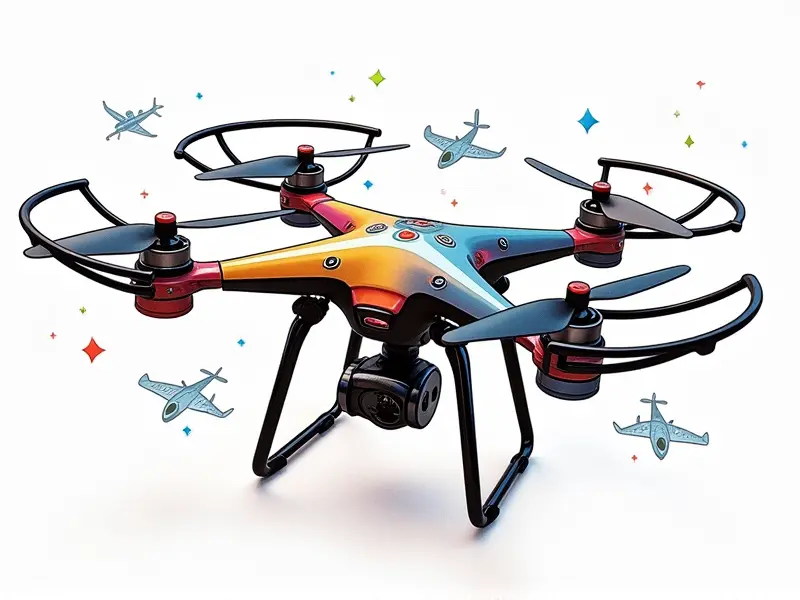Plane trim basics

Plane Trim Basics
Mastering Elevator Trim for Smooth Flight:
Elevator trim is essential in maintaining the desired pitch attitude of an airplane during flight. Proper elevator trim ensures that the aircraft maintains a steady altitude without continuous input from the pilot, making it easier to manage and fly smoothly. This adjustment allows the plane to hold its position relative to the horizon with minimal control inputs.
Understanding Aircraft Trim Settings
Aircraft trim settings refer to the adjustments made to various controls such as elevator, aileron, and rudder to achieve balanced flight conditions. These trims help in reducing pilot workload by setting the aircraft to maintain a stable attitude without constant control inputs. By fine-tuning these settings, pilots can ensure that their plane flies efficiently and safely.
Essential Tips for Plane Trimming
- Start Slow: Begin with small adjustments and gradually increase the trim until you find the right balance.
- Monitor Flight Data: Keep an eye on your flight data to understand how different trims affect stability and performance.
- Practice in Calm Conditions: Start trimming your plane in calm conditions before moving on to more challenging environments.
Simplifying Plane Trim Adjustments
To simplify the process of adjusting trim settings, it is crucial to understand each control's function. Elevator trims adjust pitch, aileron trims manage roll, and rudder trims control yaw. By systematically making small adjustments and observing their effects, pilots can quickly learn how to optimize their aircraft’s performance.
Beginner's Guide to Plane Trim
New pilots often struggle with understanding the basics of plane trimming. Start by familiarizing yourself with your aircraft’s manual or seek guidance from experienced flyers. Focus on mastering elevator trim first, as it is fundamental for maintaining altitude and pitch stability during flight.
What is Plane Trim in RC Aircraft?
In RC (Radio Controlled) planes, trim settings are critical for achieving smooth and stable flight performance. Properly trimmed RC aircraft will fly straight and level without constant input from the operator, allowing for more enjoyable and efficient flights.
Aileron Trim Adjustments Explained
Ailerons control roll movement, and trimming them ensures that your plane flies straight when you release the stick. A balanced aileron trim reduces unwanted yawing moments caused by slight differences in aerodynamic forces on each wing.
Rudder Trim Basics for Beginners
The rudder controls yaw, or the nose’s movement left and right. Properly trimming your rudder ensures that your plane stays aligned with its flight path without constant correction from the operator.
Common Mistakes with RC Plane Trimming
- Overshooting Adjustments: Making large adjustments instead of small increments can lead to instability and difficulties in achieving a balanced trim setting.
- Not Testing in Different Conditions: It’s important to test your plane under various environmental conditions (e.g., wind, temperature) to ensure that the trim settings remain effective.
Tips for Perfect Trim Settings in Windy Conditions
- Increase Elevator Trim: In strong headwinds, increase elevator trim slightly to keep your plane flying at a steady altitude without nose diving.
- Adjust Rudder and Aileron Sensitivity: Tightening the rudder and adjusting the ailerons can help maintain straight flight paths in crosswinds.
The Role of Trim in Stable Aircraft Control
Trim settings play a vital role in maintaining stable aircraft control. Properly trimmed planes require less input from pilots, leading to smoother flights and reduced fatigue. Effective trim management is key for both novice and experienced flyers looking to enhance their flying experience.
Conclusion
Mastery of plane trimming techniques can significantly improve the stability and performance of any aircraft, whether it's a full-sized airplane or an RC model. By understanding and practicing proper elevator, aileron, and rudder trims, pilots can achieve smoother flights in various conditions. Always start with small adjustments and gradually refine your settings to find the perfect balance for optimal flight control.

